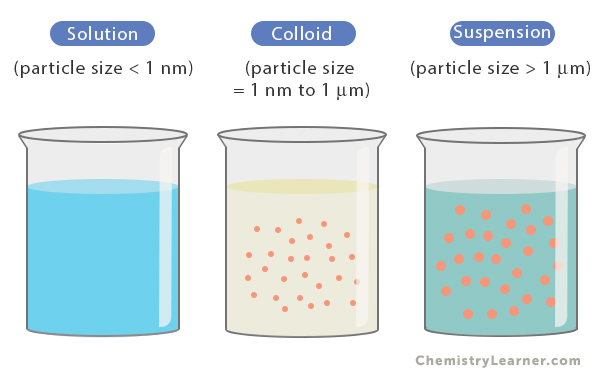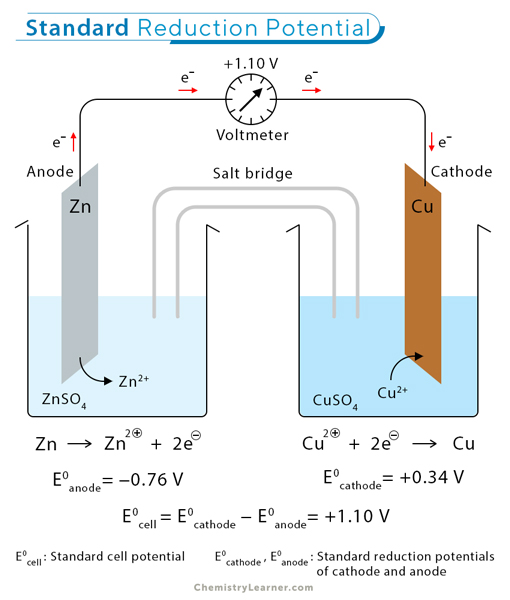Mixture
A mixture combines two or more physically blended substances but not chemically combined. Each substance in a mixture retains its unique properties and can be separated using simple methods. Mixtures are ubiquitous and can be found everywhere – for instance, in the air we breathe (a mixture of gases) or a salad (a mixture of vegetables). [1-4]
Types of Mixtures
Mixtures are broadly classified into two types: homogeneous and heterogeneous. Each type has distinct characteristics and examples. [1-4]
Homogeneous Mixture
A homogeneous mixture is one in which the components are evenly mixed so that every part looks and feels the same. It appears as a single phase, with no visible separation of the components.
Characteristics
- Uniform Composition: The components of the mixture are spread out evenly, so the mixture looks the same throughout.
- Consistent Properties: Every part of the mixture has the same properties, like taste, appearance, and texture.
- Invisible Components: The individual substances or particles are fully dissolved or blended, making them invisible to the naked eye.
- Single Phase: Homogeneous mixtures exist as a single phase (solid, liquid, or gas) because the substances are mixed evenly.
Examples
- Salt dissolved in water.
- Sugar dissolved in tea.
- Nitrogen, oxygen, carbon dioxide, and other gases combine to form air that we breathe.
- Copper and zinc combine to form brass, which is an alloy.
These examples demonstrate the uniformity characteristic of homogeneous mixtures.
Heterogenous Mixture
A heterogeneous mixture is one in which the components are not evenly mixed, allowing you to see the different parts. These mixtures do not look the same throughout, and the composition can change from one part to another. The substances in a heterogeneous mixture do not blend into a single phase and often stay separate, making it easy to separate the different parts.
Characteristics
- Distinguishable Components: The different components of the mixture do not blend completely and remain easily visible.
- Inconsistent Properties: Properties vary throughout the mixture. Each part may have its texture, color, or other characteristics.
- Separation by Physical Means: Since the components of a heterogeneous mixture do not mix evenly, they can be separated using simple physical methods, such as filtration, sieving, or decanting.
Examples
- Oil and water do not mix and form layers, with oil floating on top.
- Sand and iron filings do not mix.
- Cereal and milk stay separate, making it easy to see both.
- Salad is a mix of vegetables and toppings that remain separate.
These examples highlight the non-uniform nature of heterogeneous mixtures.
Other Types of Mixtures
In addition to being categorized as heterogeneous or homogeneous, mixtures can also be described based on the particle size of their components:
Solutions
Solutions are homogeneous mixtures in which one substance, the solute, is completely dissolved in another substance, the solvent. The solute breaks down into tiny particles that cannot be seen even under a microscope. It gives the solution the appearance of a single substance, even though it comprises two or more components.
Examples
- Vinegar is a solution of acetic acid dissolved in water.
- Fizzy drinks consist of carbon dioxide gas dissolved in water to which sugar and flavors are added.
- Air is a gaseous solution in which nitrogen is the solvent and oxygen, carbon dioxide, and other gases are the solutes.
Colloids
Colloids are homogeneous mixtures where tiny particles of one substance are spread evenly throughout another substance, but they are larger than those in a solution. These particles are small enough not to settle down over time but big enough to be seen with a microscope. Colloids share similarities with solutions but also exhibit unique properties.
Colloids scatter light when it passes through them. This phenomenon is known as the Tyndall effect. It happens because the particles are large enough to scatter light. This is why you can see beams of light shining through fog or dusty rooms.
Examples
- Homogenized milk is a colloidal mixture of fat droplets dispersed in water. The fat is evenly spread throughout the water, but the two are not dissolved into one another.
- Fog is a colloid made of tiny water droplets suspended in air. The water droplets are small enough to float in the air but large enough to scatter light, making fog visible.
- Whipped cream is air-whipped into cream, forming a colloid where the air particles are suspended in the liquid cream.
- Gelatin is a colloidal gel in which the particles are suspended in a thick liquid, which sets them into a solid.
Suspensions
Suspensions are heterogeneous mixtures in which solid particles are mixed into a liquid or gas. The particles are large enough to be seen with the naked eye. The particles remain undissolved in the liquid or gas but are temporarily suspended. Over time, these particles tend to settle to the bottom due to gravity, one of the key differences between suspensions and solutions or colloids.
Examples
- When soil or dirt is mixed with water, it forms a suspension. The dirt particles float in the water but eventually settle to the bottom if the water remains still.
- When flour is added to water, it creates a suspension. The flour particles are large and will not dissolve in the water, so if left undisturbed, they will settle at the bottom.
- When sand is mixed into water, it creates a suspension. The large sand particles can be filtered, leaving the water clear again.
- The pulp in orange juice is suspended in the liquid, but if you leave it still, it will settle to the bottom.








